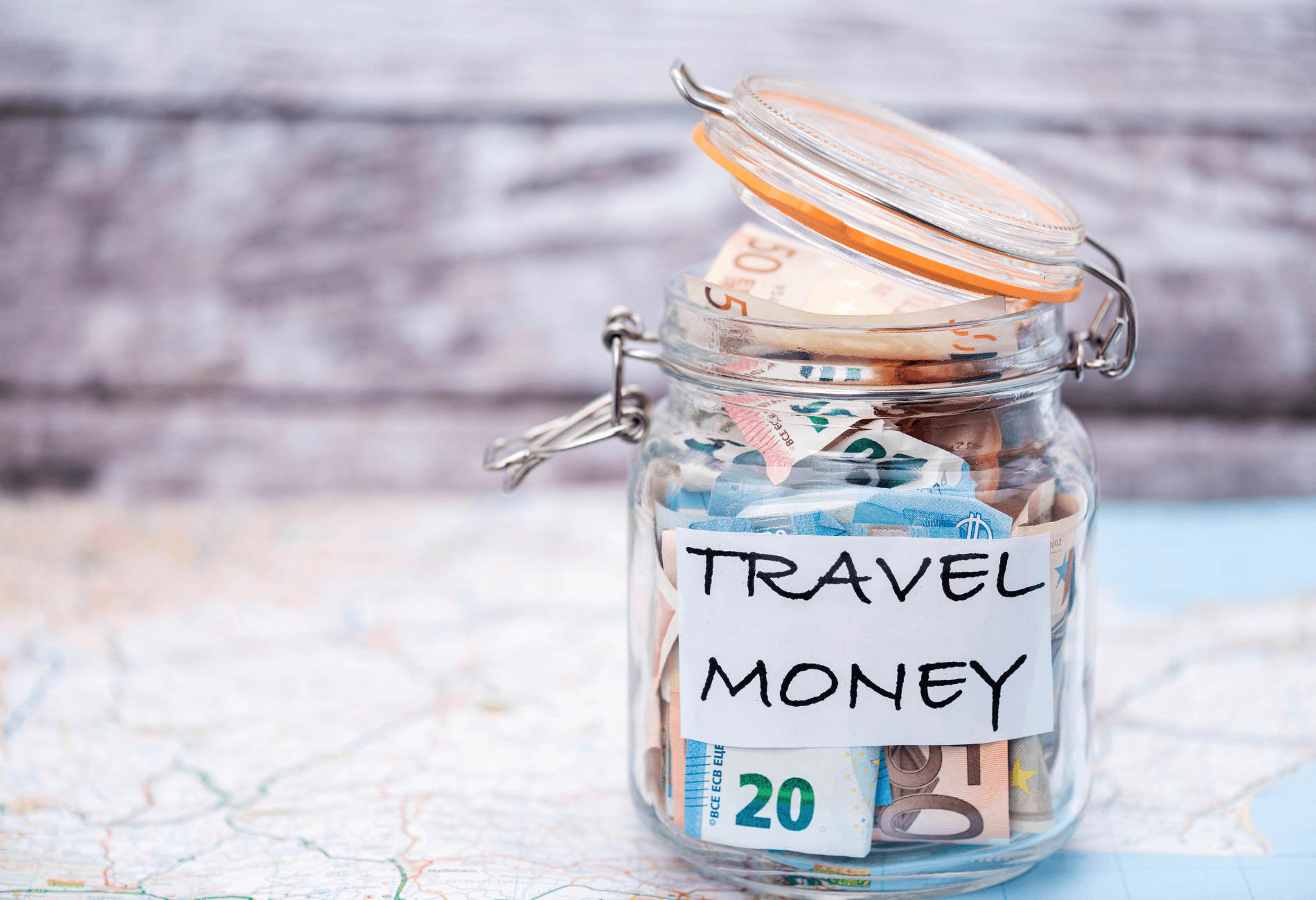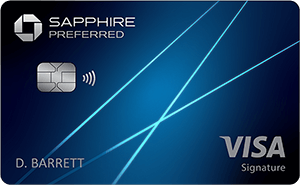What is the importance of savings and investments?
Savings and investments are crucial for achieving financial stability, growth, and meeting long-term goals. Savings provide a safety net for emergencies and short-term needs, while investments allow your money to potentially grow over time, outpacing inflation and generating additional income. By combining both, you can build wealth and secure your financial future.
What is the difference between savings and investments?
Savings refer to money set aside from your income for short-term goals or emergencies. This is typically kept in easily accessible accounts like savings accounts or money market accounts, offering low risk and lower returns. Investments involve putting money into various assets, such as stocks, bonds, real estate, or mutual funds, with the aim of generating higher returns over a longer period, but with increased risk.
How does compounding impact savings and investments?
Compounding is a powerful financial concept that works in favor of both savings and investments. In savings, the interest earned on your initial deposit accumulates over time, and you also earn interest on the accumulated interest. In investments, your earnings (like dividends or capital gains) get reinvested, leading to exponential growth. Starting early allows more time for compounding to work its magic, resulting in substantial wealth accumulation.
What are the different risk levels associated with savings and investments?
Savings are relatively low-risk, especially when kept in insured bank accounts, but they offer lower potential returns. Investments carry higher risk due to market fluctuations, but they also offer the potential for higher returns. It’s important to assess your risk tolerance – your ability and willingness to withstand market volatility – and align your savings and investment choices accordingly.
What factors should one consider when choosing savings options?
When selecting savings options, factors such as accessibility, liquidity, and safety come into play. Look for accounts with competitive interest rates, low fees, and FDIC (or equivalent) insurance to protect your deposits. Consider your goals – whether it’s an emergency fund, a down payment on a house, or a vacation – and choose accounts that provide the right balance of interest and accessibility.
What factors should one consider when making investment decisions?
Investment decisions depend on your goals, risk tolerance, and investment horizon. Diversification is key – spreading your investments across different asset classes can help manage risk. Understand the investment options available, research historical performance, and consider seeking advice from financial professionals. Stocks offer potential for high returns but come with higher volatility. Bonds are generally less risky but offer lower returns. Real estate and mutual funds also provide options for diversification. Regularly review and adjust your investment portfolio as your goals and market conditions change.
Are you dreaming of your next getaway but worried about the financial strain it might put on your budget? A vacation savings account might be the solution you’re looking for.
Below, we’ll explore what a vacation savings account is, how to choose the best one, and provide tips for making the most out of your vacation savings account.
What’s a vacation savings account?
A vacation savings account is a dedicated savings account specifically earmarked for your travel expenses. This account serves as a separate repository for funds you set aside to cover the costs of your vacations, such as airfare, accommodation, activities, and dining. Here’s how it works:
Automatic savings: Setting up a direct deposit or automatic transfer from your primary bank account to your vacation savings account ensures that you consistently contribute to your travel fund. This makes it easier to save for your next adventure and reduces the temptation to dip into these savings for other expenses.
Earmarked funds: By designating a portion of your income for travel, you create a clear distinction between your everyday finances and your travel budget. This allows you to plan your trips with greater confidence and peace of mind.
Interest earnings: Vacation savings accounts typically earn interest, helping your money grow over time. This means you not only save for your trips but also increase your travel budget through accrued interest.
How to choose the best vacation savings account
Selecting the right vacation savings account is crucial to ensure your money is safe, accessible, and earning interest. Here are some factors to consider:
Interest rates: Look for an account with a competitive interest rate. Even small differences in interest rates can significantly impact the growth of your travel fund.
Accessibility: Choose an account that allows you to withdraw funds without penalties when you’re ready to book your trip. It’s important that your savings remain flexible and easily accessible.
Low fees: Opt for an account with minimal fees. High maintenance fees or withdrawal charges can eat into your savings.
FDIC insurance: Ensure your account is FDIC-insured, providing protection for your deposited funds up to a certain limit.
Online and mobile banking: Convenience is key. Select an account that offers online and mobile banking, making it easy to track your savings progress and transfer money when needed.
Auto-transfer options: Find an account that allows you to set up automatic transfers from your main account to your vacation savings account. This ensures consistent contributions.
Navigator Tip
The American Express personal savings account is a great choice for travelers who want a hassle-free savings account with a high-interest rate. With an APY of up to 3.40% (~10x higher than the national average), this account is a great way to earn more on your savings. Putting your cash into this account could earn you enough to cover two roundtrip flights to New York and a two-night hotel stay.
Tips for getting the most from your vacation savings account
Now that you’ve established a vacation savings account, here are some tips to maximize its benefits:
Set clear goals: Define your travel goals, including the destinations you want to visit and the estimated costs. This helps you set realistic savings targets.
Create a budget: For each trip, create a detailed budget that covers transportation, accommodation, activities, dining, and a cushion for unexpected expenses.
Track your progress: Regularly review your account balance and savings progress. Adjust your contributions as needed to meet your goals.
Plan ahead: Plan your vacations well in advance. Booking flights and accommodations early often leads to significant cost savings.
Use rewards and discounts: Consider using travel rewards credit cards or cashing in on loyalty programs and discounts to reduce your travel expenses.
Avoid impulse spending: Resist the temptation to dip into your vacation savings for non-travel-related expenses. Discipline is essential to meet your travel goals.
Celebrate milestones: When you reach certain savings milestones, treat yourself to a small reward. This can help maintain motivation and make the process more enjoyable.
Navigator Tip
Consider a dedicated travel credit card. Some credit cards offer travel-specific benefits, such as travel insurance, rental car coverage, and rewards programs. Using a dedicated travel credit card for your trip expenses can help you save even more and add an extra layer of protection.
Frequently asked questions
Yes, most vacation savings accounts are designed to be easily accessible, allowing you to withdraw funds without significant penalties. However, it’s important to use the money for its intended purpose—your vacation expenses.
Absolutely! A vacation savings account is versatile and can be used for various travel purposes, whether it’s a family vacation, solo adventure, romantic getaway, or special occasion like a wedding or anniversary trip.
Using a dedicated travel credit card can be beneficial. Many travel credit cards offer rewards, travel insurance, and other perks that can help you save money on your trips. However, it’s essential to use credit cards responsibly and pay off the balances to avoid accruing interest charges.
Planning well in advance is advisable, as it allows you to secure early booking discounts and ensures that you have sufficient savings to cover your trip expenses. Aim to start planning at least six months before your desired travel date.
Yes, you can use your vacation savings for international travel. To maximize your funds, monitor exchange rates and consider exchanging currency when rates are favorable to get the best value for your money.












 by your friends at The Daily Navigator
by your friends at The Daily Navigator



